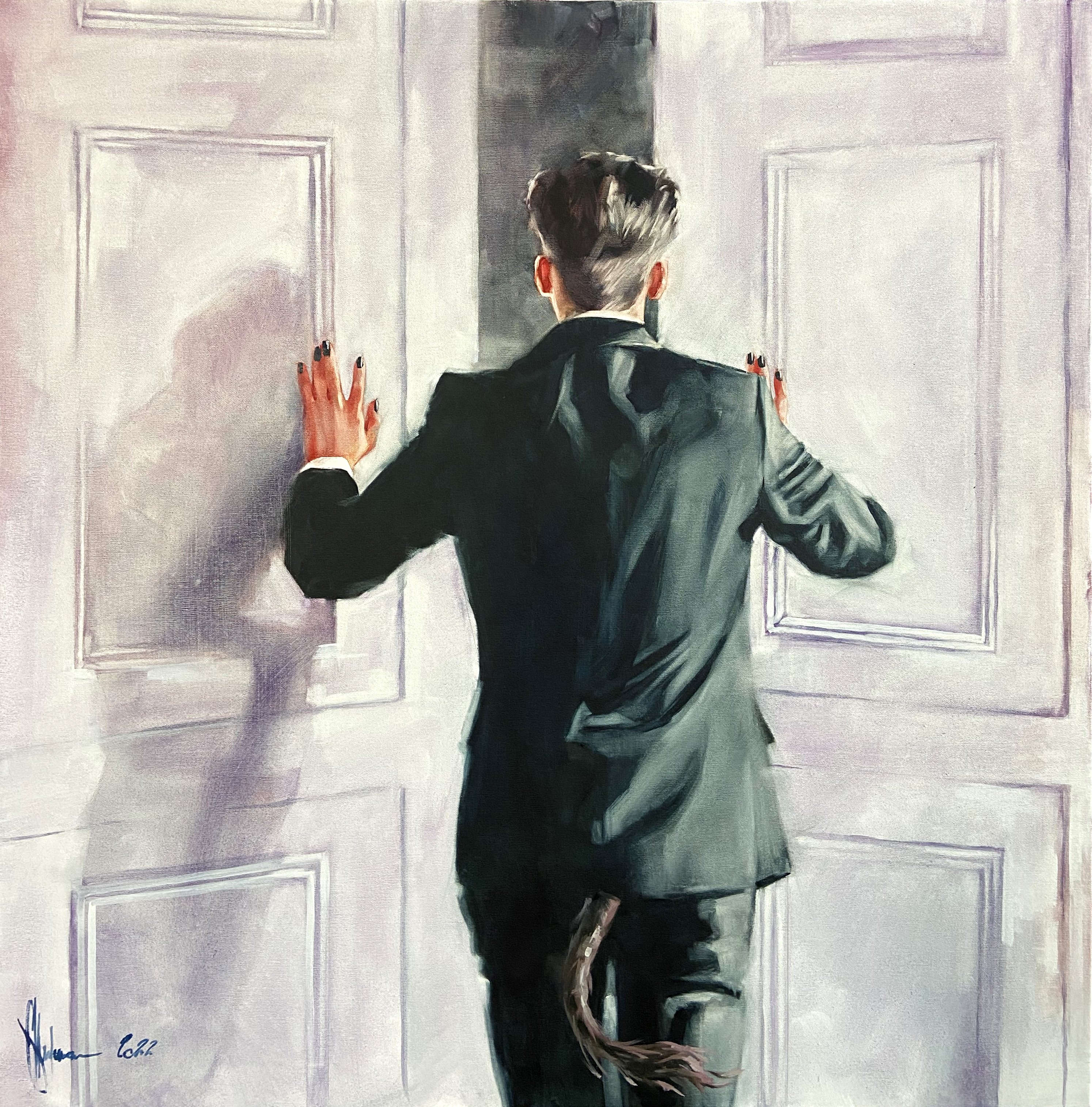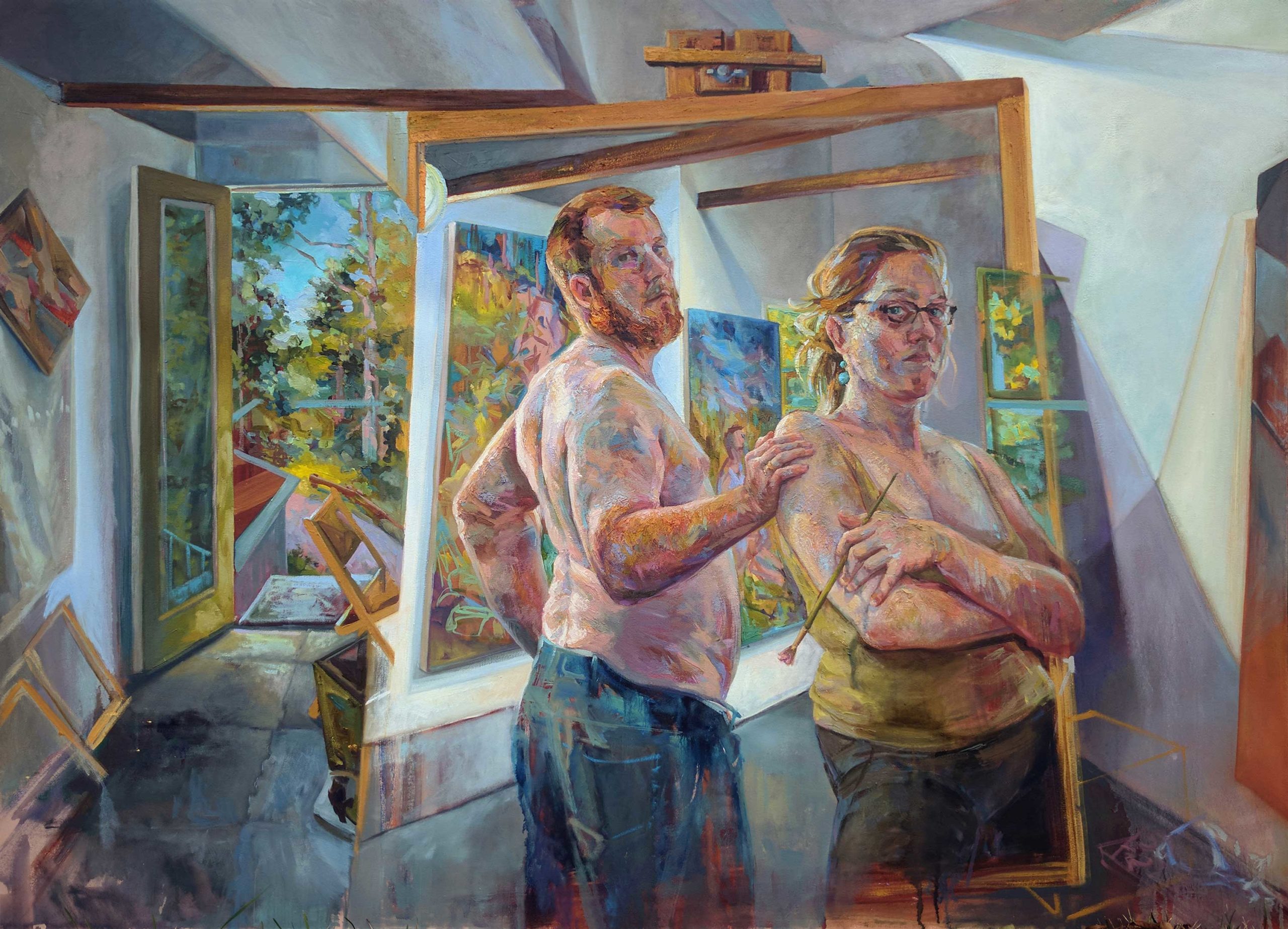Checking Out Iconic Artists and Their Influences on Figurative Oil Painting
Checking Out Iconic Artists and Their Influences on Figurative Oil Painting
Blog Article
The Development of Figurative Oil Painting: Understanding Its Historical Relevance and Modern Interpretations
The advancement of metaphorical oil paint works as an engaging lens whereby to check out the interaction in between creative expression and historical context. From the careful naturalism of the Renaissance to the stirring power of the Baroque, each period has actually added layers of significance and method to this ageless medium. Contemporary artists, drawing from this rich heritage, are currently reinterpreting the human number in methods that test conventional stories. As we discover these improvements, one need to take into consideration how the dialogue between previous and present informs not only artistic technique however also social reflections in a significantly complicated world.
Origins of Figurative Oil Painting
The beginnings of metaphorical oil paint can be mapped back to the very early Renaissance in Europe, particularly in the 15th century. This duration marked a substantial separation from the flat depictions and rigid kinds particular of medieval art. Artists began to discover naturalism, highlighting the human figure and its psychological expression. The advancement of oil paint permitted higher depth of shade and detail, boosting the realism and vibrancy of their job.

In this transformative age, numbers were often portrayed within contextually rich settings, showcasing not just their physical features but likewise their mental states. Pioneers such as Jan van Eyck and Titian utilized the tool's convenience, using layering techniques to achieve luminosity and texture. This development assisted in the portrayal of detailed textiles and the nuances of complexion, adding to the development of portrait and narrative scenes.
In Addition, the Renaissance focus on humanism promoted an appreciation for individuality, which in turn influenced musicians to create even more relatable and dynamic figures - figurative oil painting. Therefore, metaphorical oil paint emerged as an effective lorry for narration and psychological interaction, laying the foundation for future creative motions and styles
Trick Historic Motions
Considerable historical activities have actually shaped the evolution of metaphorical oil painting, each adding special viewpoints and techniques that increased the medium's possibilities. The Renaissance noted a zero hour, highlighting realism and the human kind, with artists like Leonardo da Vinci and Michelangelo pressing the limits of anatomical precision and point of view. Following this, the Baroque era brought significant contrasts of light and shadow, exhibited by Caravaggio, who instilled religious motifs with extreme emotionality.
The 19th century presented Romanticism and Realistic look, where artists such as Delacroix and Courbet tested timeless suitables, concentrating on specific expression and everyday life. The introduction of Impressionism further reinvented the medium by emphasizing the results of light and color, resulting in a separation from traditional representation.
In the early 20th century, motions like Expressionism and Cubism redefined metaphorical paint with abstraction and the exploration of psychological depth. Each of these activities not only showed the societal changes of their times however also laid the foundation for modern analyses. The interplay between these historical motions has actually produced an abundant tapestry of viewpoints and designs, affecting contemporary musicians in their search of recording the human experience on canvas.
Strategies and Products Evolution

Throughout the Baroque duration, methods such as chiaroscuro and sfumato emerged, boosting the psychological resonance of figurative make-ups. Artists began to trying out glazes and impasto, controling appearance and brightness. By the 19th century, advancements like using pre-mixed paints in tubes revolutionized accessibility, permitting artists to repaint en plein air and catch the fleeting results of light.
The 20th century saw the intro of artificial pigments and mediums, which increased the scheme and modified the consistency of oil paints. The exploration of brand-new application techniques, such as combination blades and brushes of varying tightness, more diversified creative expression. Jointly, these developments show the evolving connection in between products, techniques, and the creative vision intrinsic in metaphorical oil paint.

Contemporary Analyses
Contemporary analyses of metaphorical oil paint mirror a dynamic dialogue between tradition and innovation, where artists challenge established norms and explore diverse themes. This evolution manifests in various ways, as contemporary artists mix classic techniques with modern-day concepts, frequently addressing social, political, and personal narratives.
Lots of specialists draw ideas from historic works, yet they infuse their items with contemporary perspectives, utilizing the human form as a vehicle for discourse on sex, society, and identity. Artists progressively explore abstraction, distortion, and multimedias, which allows for a more comprehensive analysis of top article the figure and its context.
Furthermore, the use of dazzling shade palettes and unconventional make-ups commonly serves to disrupt typical checking out experiences, provoking critical involvement from audiences. This shift in emphasis extends past looks; it shows an expanding understanding of the complexities of human experience in an interconnected globe.
As figurative oil painting remains to develop, it continues to be an important tool for checking out the subtleties of contemporary life, personifying both a respect for heritage and a dedication to modern thought. The result is an abundant tapestry of expression that resonates with the complexities of the contemporary human condition.
Effect On Modern Art
The influence of figurative oil paint on modern-day art is profound, as it has actually continually influenced a myriad of imaginative movements and methods throughout the 21st and 20th centuries. From Expressionism to Surrealism and beyond, the exploration of the human number has actually remained a central motif, allowing artists to share complex emotions and stories. This focus on figurative representation has brought about a re-examination of traditional methods, causing cutting-edge approaches that blend realism with abstraction.
Furthermore, modern musicians have actually welcomed metaphorical oil paint as a method to address social and political problems, using the tool to test assumptions of sex, identification, and society. The revival of rate of interest in figurative operate in recent years reflects a yearning for connection in a progressively digital world, where human experience and emotion are vital.
Furthermore, the discussion in between metaphorical oil paint and contemporary art appears in the jobs of artists such as Kehinde Wiley and Jenny Saville, who attract on historical references while infusing their items with modern significance. Eventually, figurative oil paint remains to shape and redefine modern imaginative expression, emphasizing its long-lasting importance in the art world.
Verdict
The advancement of figurative oil painting emphasizes its historic importance and adaptability throughout numerous creative motions. From the naturalism of the Renaissance to the emotive expressions of the Baroque and the cutting-edge techniques of modernity, this tool has continually changed. Contemporary analyses show non-traditional compositions and vivid shades, fostering critical engagement with political and social styles. Eventually, figurative oil paint remains a vital tool for checking out the human experience, reverberating exceptionally in today's electronic landscape.
The evolution of figurative oil paint offers as an engaging lens through which to take a look at the interaction in between imaginative expression and historic context.Considerable historical activities have actually shaped the development of metaphorical oil paint, each contributing special ideologies and techniques that expanded the medium's opportunities.As historic movements shaped the trajectory of figurative oil painting, the materials and techniques utilized by musicians have actually additionally undertaken significant changes. figurative oil painting.The click to read effect of metaphorical oil paint on modern-day art is extensive, as it has actually continually inspired a myriad of artistic movements and practices throughout the 20th and 21st centuries.The development of figurative oil painting highlights its historical importance and flexibility throughout numerous imaginative activities
Report this page